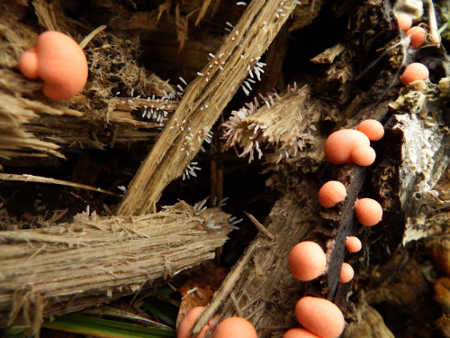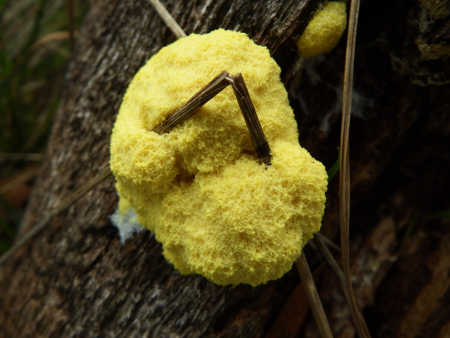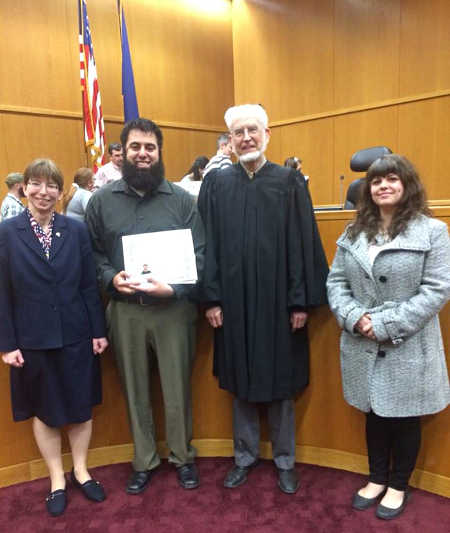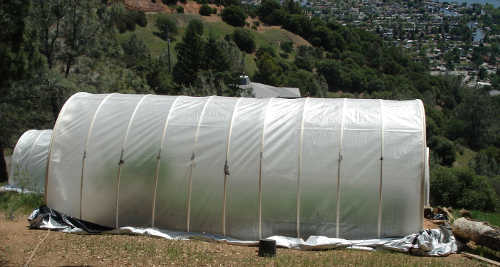- Kathleen Scavone
- Posted On
The Living Landscape: Spring – the easiest season to love
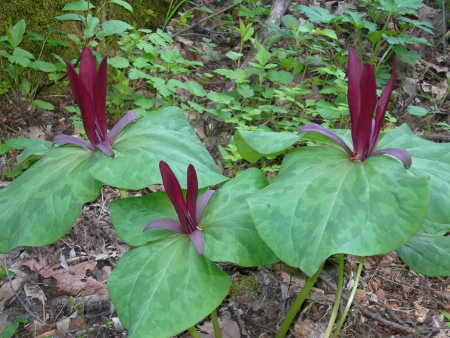
LAKE COUNTY, Calif. – A painter in Lake County would need a palette supplied with every shade of jade, emerald and lime green as temperatures rise and we arrive closer to the spring season.
As John Muir said, “Spring work is going on with joyful enthusiasm.”
Each plant begins its renewal process, and brings with it a sense of hope and new beginnings. Responding to the lengthening days is hard work for plants.
As billions of root hairs anchor and absorb dissolved minerals, they must transport them from cell to cell within the root, then defy gravity by nourishing the bud above.
The official spring season, or vernal equinox began March 20. It can differ from March 19-21 depending on the varying length of our year and Earth's slightly elliptical orbit.
At the equinox, our star, the sun passes Earth's equator creating a night and day nearly equal in length. As the days begin to lengthen, the hemisphere warms and the annual renewal creates its show.
You know it's spring in Lake County when the first forest lilies, trillium, push themselves up through the damp earthen floor.
Of all of the spring wildflowers, trillium appears most prehistoric with its maroon or white flowering stalks protruding from three broad multi-hued green leaves and often shares the neighborhood with other prehistoric-looking plants – ferns.
Trillium's tuber-like rhizomes increase each year adding to the amount of blooms year after year, in the manner of bulbs.
Lake County Native Americans used the rhizomes in medicine, but it was so bitter that other plants were favored over trillium. The Yuki Indians crushed the root and used it as a salve for boils and other skin ailments.
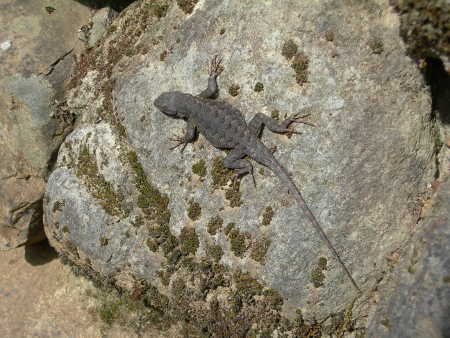
Another Lake County harbinger of spring, the Western Fence Lizard appears out of hibernation during late winter or early spring to sun himself on a stone.
Also known as “blue-bellies,” Western Fence lizards can be gray, tan, brown or black in color and grow to a length of over 8 inches.
These entertaining reptiles are diurnal, or active during the daylight hours. They can be seen bobbing, or performing push-ups to attract a mate.
This activity also is used to ward off other males, along with flattening themselves to more readily display their strikingly blue sides.
Western Fence lizards breed after their second year, producing clutches of three to 17 eggs during the months of April to July, and live three to five years.
They quickly scurry away from predators like birds and snakes and can drop their tails as a decoy for a quick escape.
If attacked, the tail moves around to draw attention away from the lizard, but the lizard only drops its tail during extreme emergency, as re-growing a tail uses valuable stores of energy.
These lively lizards are beneficial in that they eat large quantities of bugs and spiders. Scientists have learned that where lizards live, Lyme disease is lower.
It has been proven that there is a protein in lizard blood that kills the Lyme disease bacterium, and renders the ticks safe from carrying Lyme disease.
Kathleen Scavone, M.A., is an educator, potter, writer and author of “Anderson Marsh State Historic Park: A Walking History, Prehistory, Flora, and Fauna Tour of a California State Park” and “Native Americans of Lake County.” She also writes for NASA and JPL as one of their “Solar System Ambassadors.” She was selected “Lake County Teacher of the Year, 1998-99” by the Lake County Office of Education, and chosen as one of 10 state finalists the same year by the California Department of Education.



